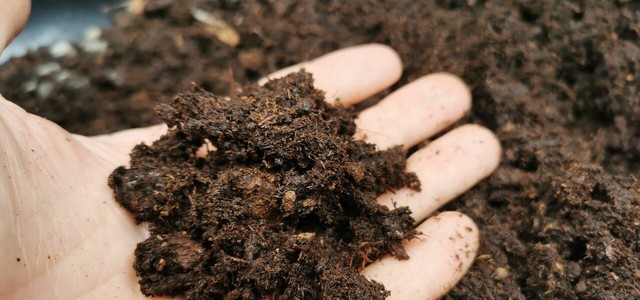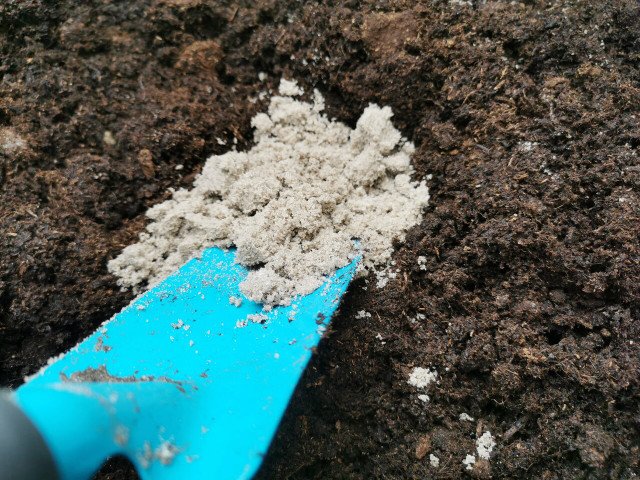
If you want to make your own peat-free soil, you can use compost, sand, clay and other materials. We show which mixtures are useful for homemade soil and for which plants they are suitable.
There are many good reasons to use peat-free soil: Peat stores a lot of climate-damaging CO2, which is released when it is removed. Peat extraction also endangers biodiversity and destroys the habitats of many animals. For the balcony and garden, you should therefore use peat-free soil, which you can even make yourself very cheaply. Depending on the intended use (for example, vegetable plants, herbs, succulents), you can adapt the soil to the plants. How exactly, we show you in this article.
Make peat-free soil yourself: Basic instructions for garden soil

Soil from the store almost always contains peat. Only organic garden soil is usually peat-free. But you can also make your own garden soil. According to NABU (PDF) you need:
- 30 liters of soil
- 20 liters of compost, preferably from green waste
- 5 liters of clay
Instructions: Mix all three ingredients well together. Then you can spread them on your garden bed.
Where can I find the ingredients for the soil?
- Soil and compost: You can take soil from your own garden, from your own compost or from the composting plant in your region. Often, you can also buy soil from composting facilities at the waste management company.
- Clay: You can get this natural and sustainable building material at any hardware store. It consists of clay, gravel, sand and silt.
Contents
Peat-free soil for vegetables: make your own plant soil and growing soil

Depending on the intended use, you can still optimize your peat-free soil. Here are two examples of potting soil and growing soil:
plant soil for growing vegetables:
- Original rock flour: Two handfuls of original rock flour provide minerals and lower the pH of the soil.
- Horn shavings: Two handfuls of horn shavings give the soil an extra dose of nitrogen. This is especially important when planting heavy feeders such as potatoes, tomatoes and cabbage.
The horn shavings and the primary rock flour should be added to the bed at the very end and mixed very lightly into the top layer of soil.
make your own growing soil:
- Sand: The sand makes the soil lighter and looser, so that the small plants are better supplied with oxygen.
- Compost: An extra portion of mature compost adds more nutrients to the bed.
- Mix one-fourth of the basic garden soil (instructions above) with one-fourth compost and two-fourths sand (1:1:2). You can sift out larger compost components with a rake. This works even better with a soil sieve.
For herbs: Make your own soil without peat
You need to grow herbs low in nutrients so they don’t weed. Only dill and parsley have a slightly higher need for nutrients. For all other herbs, you can use the following mixture to make your own herb soil:
- one part basic garden soil (see instructions above).
- one part compost
- two parts sand
- For houseplants: Mix your own soil
For indoor plants you should mix coconut fibers into the soil. They store water and release it slowly. They also ensure good aeration of the soil. The exact mixture of a soil for houseplants depends on the particular plant:
- Houseplant with high nutrient requirements: coconut fiber and compost in a 1:1 ratio.
- Houseplant with low nutrient needs: coconut fiber and compost in a ratio of 4:1.
- For plants with high nutrient needs, you should also add some horn shavings.
Note: Unfortunately, coconut fiber is anything but sustainable. Although it is initially an alternative to peat, which is harmful to the climate, parts of the rainforest in Asia and South America have to be cut down to grow coconut palms. However, there is also coconut soil with GEPA certification (“cocoblock”).

